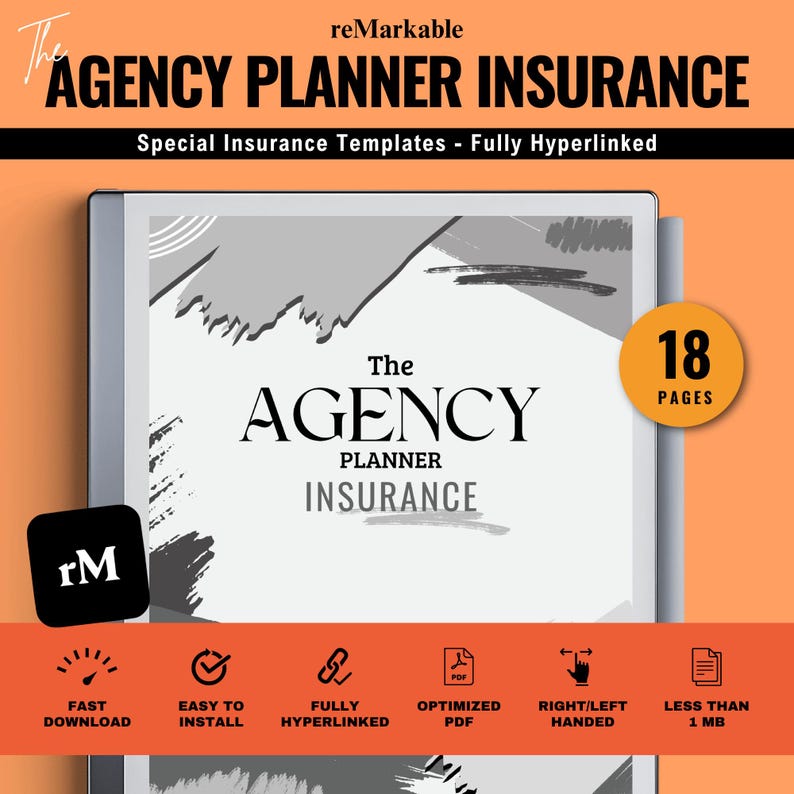Flooding poses a significant threat to communities across the globe, and 31419 Savannah is no exception. With its unique geography and climate patterns, this area faces recurrent flood hazards that jeopardize lives, homes, and infrastructure. Understanding how to effectively mitigate these risks is crucial for residents, local authorities, and businesses alike. In this article, we’ll explore key strategies designed to reduce flood damage, enhance preparedness, and build resilience in 31419 Savannah—offering practical insights to help safeguard this vibrant community against the relentless power of floodwaters.
Table of Contents
- Understanding Flood Risks in 31419 Savannah: A Comprehensive Overview
- Implementing Effective Infrastructure Improvements to Reduce Flood Impact
- Community-Based Approaches to Enhance Flood Preparedness and Response
- Policy Recommendations for Sustainable Flood Hazard Mitigation in Savannah
- Key Takeaways
Understanding Flood Risks in 31419 Savannah: A Comprehensive Overview
The 31419 area of Savannah is uniquely vulnerable to flooding due to its proximity to tidal rivers and low-lying coastal topography. Seasonal hurricanes and heavy rainfall can quickly overwhelm drainage systems, causing significant water accumulation. Understanding these risks requires examining both natural and man-made factors that contribute to flood susceptibility. Tide surges, combined with rising sea levels, have exacerbated the frequency and intensity of floods, threatening residential neighborhoods, critical infrastructure, and local ecosystems alike. Moreover, aging stormwater systems often lack capacity to effectively handle sudden surges, leaving communities exposed to prolonged water damage.
Effective flood risk assessment entails a combination of geological surveys, hydrological mapping, and historical data analysis. Residents and policymakers must prioritize the following key elements to build resilience:
- Comprehensive flood zone mapping to identify high-risk areas and inform development decisions.
- Infrastructure upgrades including the expansion of stormwater drainage and reinforcement of levees.
- Community education programs that promote preparedness and encourage proactive flood-proofing of homes.
- Emergency response planning that ensures rapid mobilization of resources during flood events.
Understanding these multifaceted risks lays the groundwork for informed actions that mitigate flood hazards, ensuring the safety and sustainability of the 31419 Savannah community.
Implementing Effective Infrastructure Improvements to Reduce Flood Impact
Building resilient infrastructure is a cornerstone in diminishing the destructive effects of flooding within Savannah’s vulnerable zones. Integrating permeable pavements and expanding green spaces such as rain gardens allows for enhanced water absorption, drastically reducing surface runoff that often overwhelms drainage systems. Upgrading existing stormwater drains with larger, strategically placed culverts ensures quicker, more efficient water evacuation during heavy rainfall events. These efforts not only protect residential areas but also maintain critical transportation routes functional, minimizing disruption caused by floodwaters.
In addition to physical upgrades, incorporating smart technology into managing flood risks has shown promising results. Real-time flood monitoring systems using sensors can predict water levels and send alerts to local authorities, allowing for faster response and better preparedness. Maintaining natural flood buffers like wetlands is equally crucial, as they act like natural sponges during storms. The combination of structural reinforcement and ecological restoration creates a balanced, effective approach that safeguards the community and supports long-term sustainability.
Community-Based Approaches to Enhance Flood Preparedness and Response
Empowering local communities is a cornerstone for building resilience against recurring flood events in 31419 Savannah. By leveraging local knowledge and fostering collaborative networks, residents can play a pivotal role in early warning systems and emergency response coordination. Initiatives such as community flood watch groups and neighborhood training programs equip individuals with the skills necessary to identify risks, implement precautionary measures, and effectively communicate imminent threats. These grassroots efforts are often more agile and nuanced than top-down approaches, ensuring that preparedness strategies are culturally and contextually appropriate.
Key to the success of these initiatives are inclusive engagement and continuous education. Community meetings, participatory hazard mapping, and simulation drills not only raise awareness but also cultivate a shared sense of responsibility. Residents learn to prioritize actions such as:
- Identifying and safeguarding vulnerable infrastructure
- Stockpiling essential supplies locally
- Establishing clear evacuation routes and safe shelters
- Maintaining transparent communication channels with local authorities
Through these focused interventions, Savannah’s neighborhoods become proactive agents in flood preparedness, ultimately reducing loss and enhancing recovery speed.
Policy Recommendations for Sustainable Flood Hazard Mitigation in Savannah
To effectively address the persistent threat of flooding in Savannah’s 31419 area, local governments must prioritize integrated land-use planning that emphasizes natural water retention and green infrastructure. Encouraging the preservation and restoration of wetlands along with the implementation of permeable surfaces in urban developments can significantly reduce runoff and enhance groundwater recharge. Additionally, updating building codes to mandate elevated structures in flood-prone zones will safeguard properties while minimizing long-term recovery costs. These proactive measures must be complemented by community-driven initiatives that increase public awareness and foster partnerships between residents, environmental groups, and municipal agencies.
Investment in advanced flood early-warning systems and real-time monitoring technology is essential to enhance preparedness and response efficiency. Equally critical is the establishment of robust funding mechanisms to support ongoing maintenance of flood control infrastructure. Policymakers should also consider adopting zoning ordinances that discourage construction in high-risk corridors and incentivize relocation or retrofitting efforts. By embedding sustainability principles into all aspects of flood management policy—ranging from infrastructure design to emergency response—Savannah can build greater resilience against the growing challenges posed by climate change and urban expansion.
Key Takeaways
As we’ve explored, mitigating flood hazards in 31419 Savannah requires a multi-faceted approach that blends smart urban planning, community engagement, and investment in resilient infrastructure. While no single strategy can eliminate flood risks entirely, implementing these key measures can significantly reduce damage and safeguard lives. For residents, policymakers, and stakeholders alike, the urgency to act cannot be overstated—especially as climate change continues to intensify weather patterns. By staying informed, supporting sustainable initiatives, and prioritizing preparedness, the Savannah community can build a stronger, more flood-resistant future.






